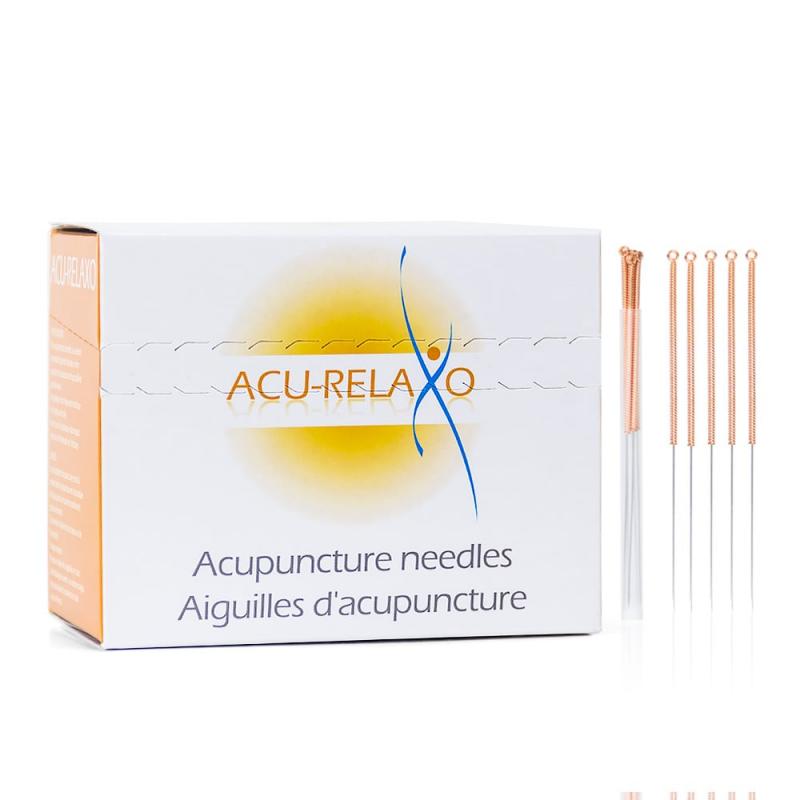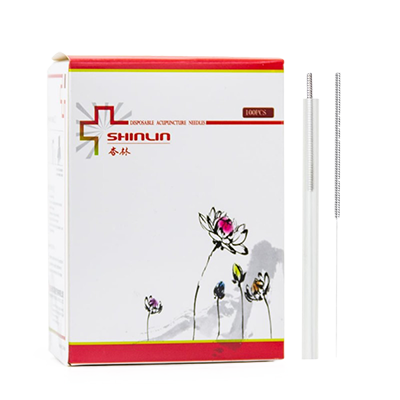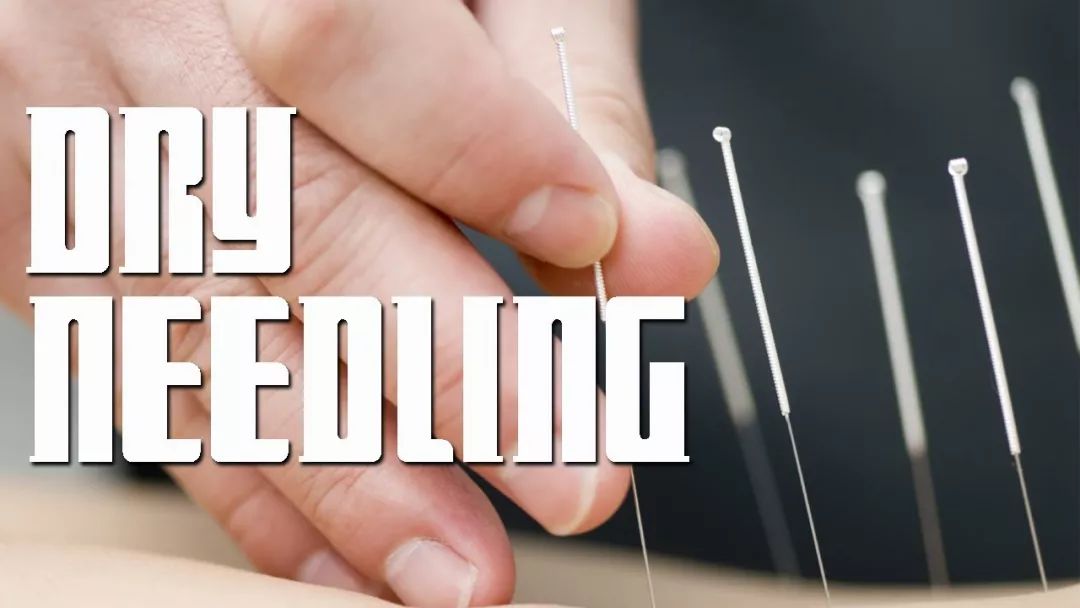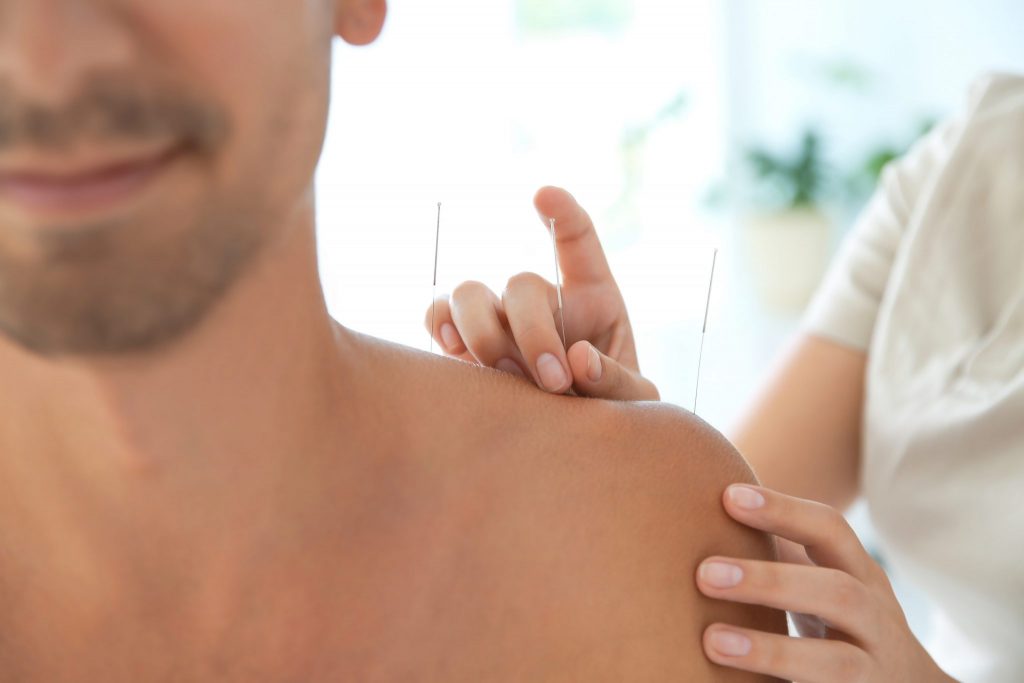You’re in a wheelchair, unable to walk long distances and fatigued any time you stand to such an extent that you have to immediately sit back down. Imagine the toll this takes on a person’s psychological state. You lose hope. You get depressed. Now imagine if there was a single treatment to remedy this sort fatigue and pain, physically speaking and mentally as well. Dry needling treatments suit the definition, resolving chronic pain and tension to the body and allowing a person to regain their sense of independence and hope.
Dry needling is being used more and more to treat musculoskeletal issues such as pain in the shoulders, hips, and back. The treatment has been shown to produce positive results in reducing pain, improving mobility, and in addressing nerve issues. Although scientists do not yet know precisely why dry needling works but studies are being done analyzing its effects on headaches, muscular trigger points usually manipulated through acupuncture, carpel tunnel syndrome, and plantar fasciitis. So what exactly is dry needling?
Like acupuncture, dry needling is easy to learn, safe, minimally discomforting, and very effective. Both treatments puncture the skin with thin needles for therapeutic purposes. The difference is acupuncture is inserting needles to release endorphins and to stimulate the nervous system. Needling is to release tension and to calm the muscle through stimulation of the pressure points. Acupuncture is a well-established treatment among therapists however dry needling is still very new.
Dry needling can benefit anyone who is experiencing tightness and pain in the muscle. What happens when one inserts an acupuncture needle into the muscle – that’s right, acupuncture and dry needling both use the same needles – is you’re forcing the muscle to release. This essentially forces the muscle to relax, resolves cramping, and more. Sports therapist and physical therapists treating fitness-related injuries use dry needling as do chronic pain specialists if the discomfort’s found to be muscular related.
The needles used for dry needling are thin, short, and made from stainless steel. Though different needling techniques exist, it is most common to leave a needle in for 10-30 minutes. Outside of anecdotal evidence, there’s not many academic studies looking at dry needling unfortunately. Though more are being done, as of this writing, there are few. Thus far, what is known is dry needing’s more effective than a placebo treatment which in and of itself confirms it’s no sham treatment. There are also studies suggesting it improves flexibility by producing effects similar to a stretch.

What kind of needles are used in acupuncture?
https://www.lierre.ca/collections/acupuncture-needles/products/acu-relaxo-acupuncture-needles
What kind of needles are used in acupuncture?
https://www.lierre.ca/collections/acupuncture-needles/products/shinlin-singles-acupuncture-needles
If you have an interest in dry needling or acupuncture and are seeking acupuncture needles in Ontario, please visit Canada’s #1 resource for all things acupuncture-related. Shop Lierre.ca today.


